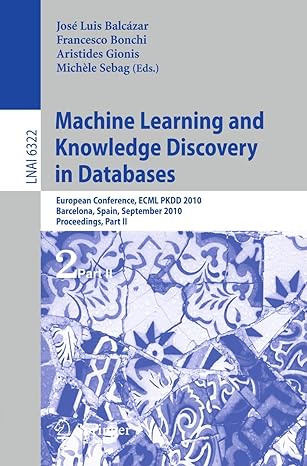Answered step by step
Verified Expert Solution
Question
1 Approved Answer
Let A[1..n] be a max-heap. Let B[1..n] be the reverse array, that means B[1] = A[n], B[2] = A[n-1],..., B[n] = A[1]. Then B[1..n] must
Let A[1..n] be a max-heap. Let B[1..n] be the reverse array, that means B[1] = A[n], B[2] = A[n-1],..., B[n] = A[1]. Then B[1..n] must be a min-heap.
| True |
| False |
Step by Step Solution
There are 3 Steps involved in it
Step: 1

Get Instant Access to Expert-Tailored Solutions
See step-by-step solutions with expert insights and AI powered tools for academic success
Step: 2

Step: 3

Ace Your Homework with AI
Get the answers you need in no time with our AI-driven, step-by-step assistance
Get Started


